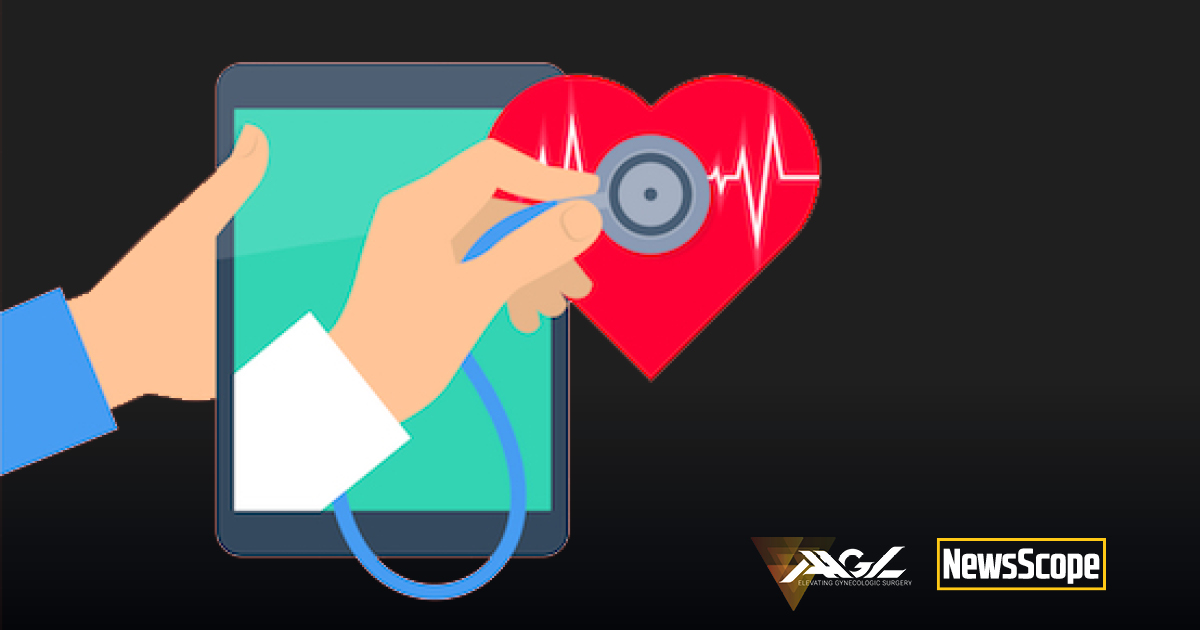Telehealth – A New Reality

Telehealth has become the preferred communication to protect patients and providers and allow for healthcare to continue within the current context of essential trips and surgery as well as social distancing. Telehealth is becoming the new reality in the United States. Many patients are awaiting their “elective” “non-urgent” surgeries and continue to require healthcare to manage symptoms.
The guidance provided by CMS and private insurance companies for telehealth has adapted and evolved quickly. Billing guidance published yesterday may be amended tomorrow (including what you are reading now). In addition, CMS uses regional contractors to manage claim processing and the practical application of the guidance may vary by region. It is always best to contact the payer to determine how to get paid for the work you are doing.
CMS (Final Rule 2019) defines telehealth as “interactive, real-time telecommunication technology.” Later, the same document describes it as “audio/video, real-time communication technology instead of in-person.” Further clarification by the AMA and CMS intends for this communication to require real-time video with the audio.
As of April 10, 2020, any video call using any video platform can be billed as an office visit using the appropriate E&M code with a modifier 95. The place of service is 02—telehealth. You can see new or established patients. The level of service is based on counseling time alone (face to face time) or based on medical decision making only (straightforward, low, moderate or high complexity). There are no history or physical exam requirements. As a side note, this is exactly how all office billing will be done January 1, 2021.
Telephone only E&M services use the telephone CPT codes. The level of service is based on the time of the medical discussion. Code 99441 includes 5-10 minutes of discussion time, 99442 has 11-20 minutes and 99443 has 21-30 minutes. The RVU value includes the discussion time (which determines the code), time to review the chart and time to document the encounter. They cannot be billed more than once every 7 days, cannot be billed within 7 days after an E/M service and cannot lead to another E/M service within 24 hours or the next available appointment. During the COVID pandemic, these codes can be billed with new or established patients.
Email and other non-live encounters are billed using the “online, digital E/M services codes”, 99421, 99422 and 99423. They are based on the same times as the telephone only services and have the same inclusion and exclusion rules. If the patient is emailing about a new problem not addressed in the previous visit, then the encounter can result in a separate office visit. The patient must initiate these encounters.
Office visit codes and procedure codes already include time to call the patient with the results of the procedure or to report values for labs drawn in the office so don’t use the telehealth, phone call or email codes for these encounters.
Current and detailed information is on the CMS website at www.cms.gov.
Dr. Hathaway welcomes your questions and comments. This information is for informational purposes only. Please consult with your billing specialist before applying this coding information to your practice.






